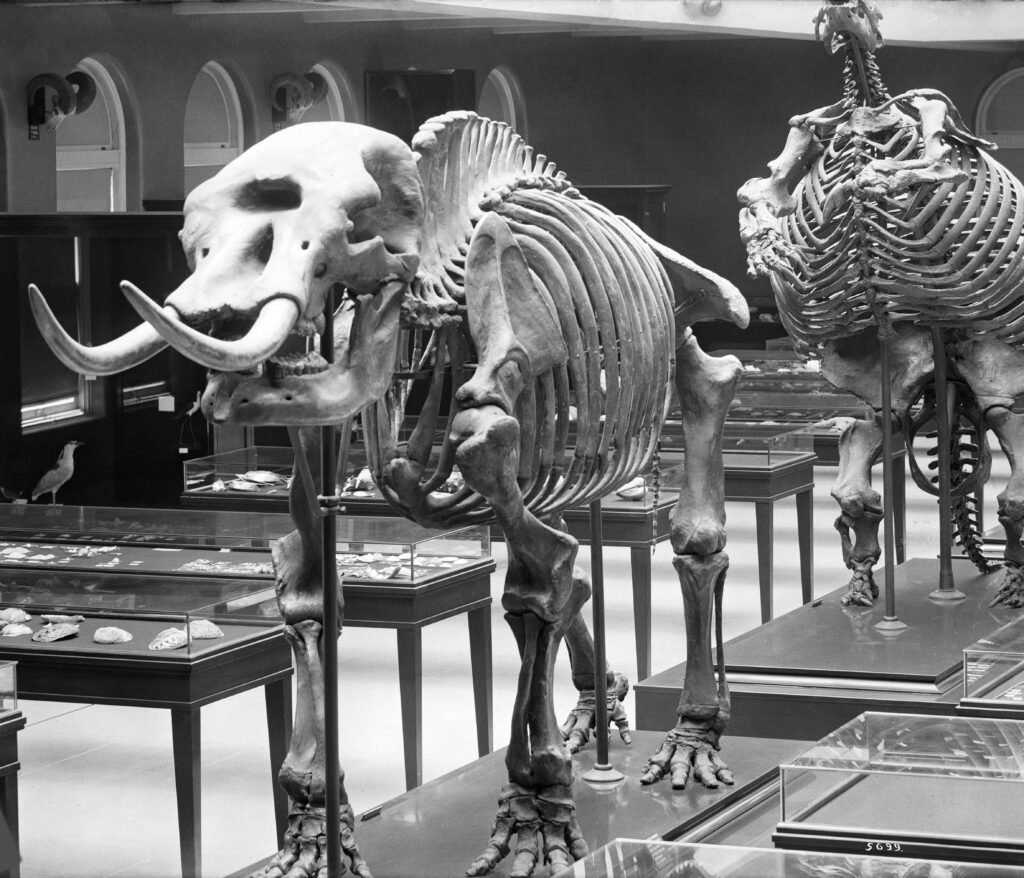Imagine a creature so large it could tower over a human, yet so gentle it lived off leaves and plants. These were the giant sloths of the tropics, the Ice Age behemoths that once roamed the lush landscapes of Central America. Their massive frames and slow movements are both fascinating and mysterious. How did such enormous creatures thrive in the wilds of the ancient world, and what secrets do they hold about our planet’s past?
The Majestic Size of the Giant Sloths
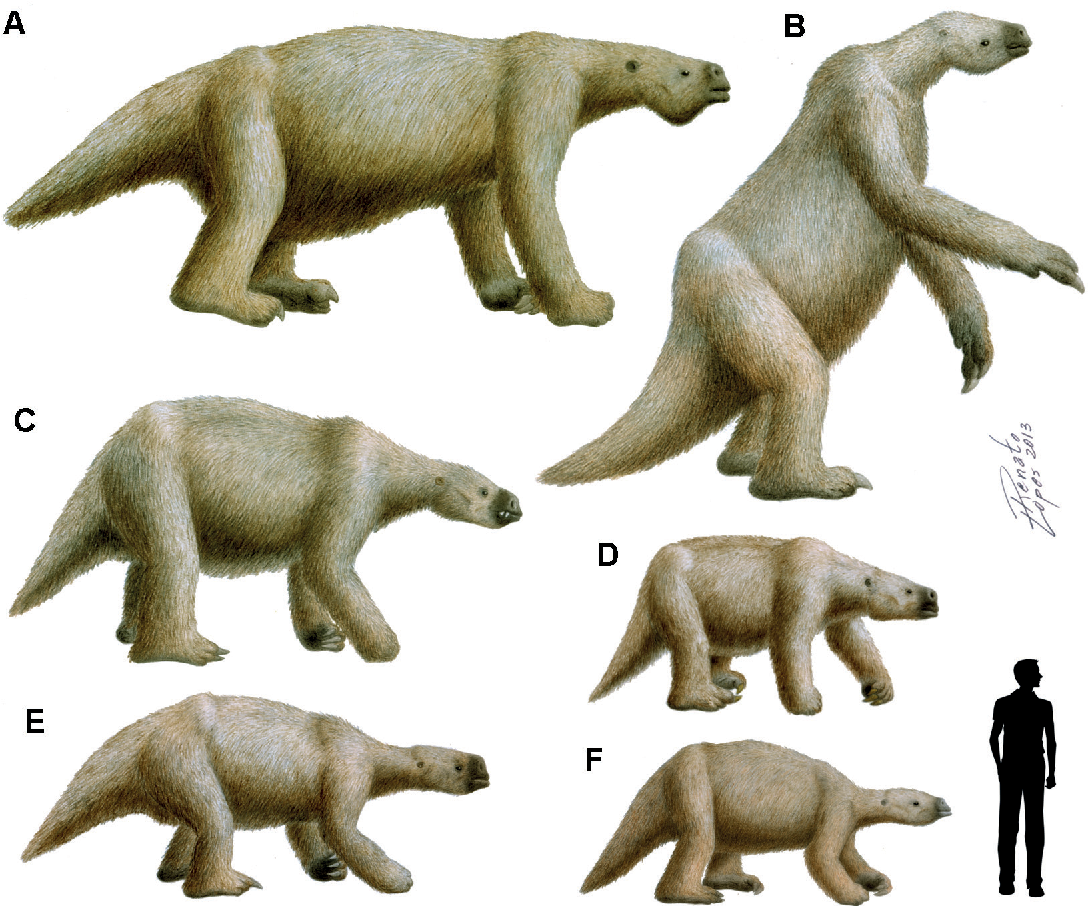
Giant sloths, known scientifically as Megatherium, were truly the giants of their time. Picture an animal that could reach lengths of up to 20 feet and weigh as much as an elephant. These colossal creatures had massive claws and long limbs, which they used to pull down branches and leaves. Despite their size, they were herbivores, feeding primarily on foliage. Their sheer size protected them from most predators, making them the gentle giants of the Ice Age.
Anatomy and Adaptations
The anatomy of the giant sloths was perfectly adapted to their environment. They had strong, curved claws that helped them grasp branches and strip leaves. Their limbs were muscular and powerful, supporting their immense weight. A thick, shaggy coat provided insulation against the cooler climates of the Ice Age. Interestingly, their slow metabolism and leisurely pace were key to their survival, conserving energy in a world where food could be scarce.
Habitat and Range
Giant sloths thrived in the dense forests and open savannas of Central America. Their range extended from the tropical rainforests to the grasslands, showcasing their adaptability. These regions provided ample food sources, such as leaves, fruits, and other vegetation. The diverse habitats allowed them to flourish, and their presence played a significant role in shaping the ecosystems they inhabited.
Diet and Feeding Habits
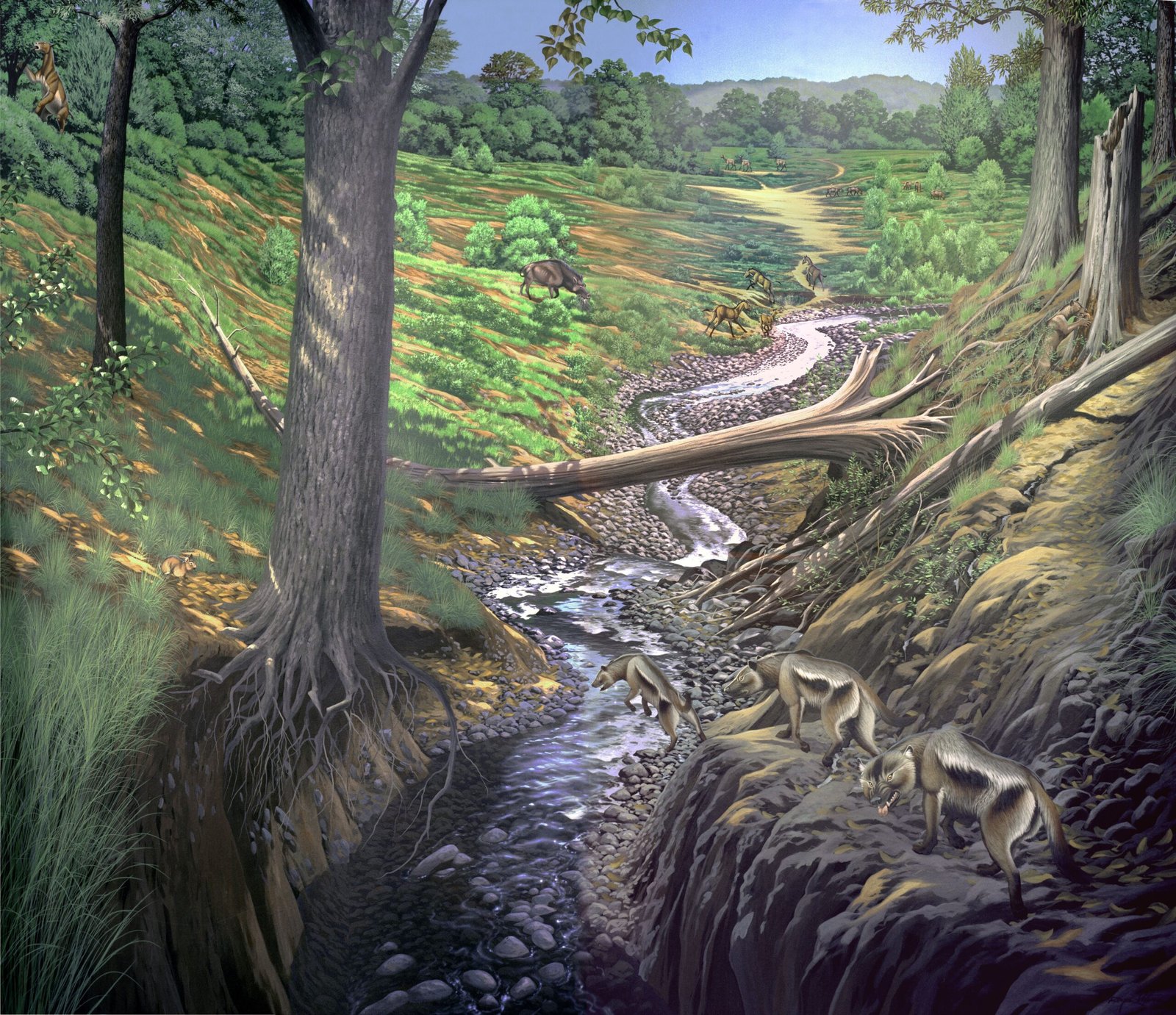
As herbivores, giant sloths had a diet that consisted mostly of leaves, shoots, and fruits. They were known to use their claws to pull down branches, making it easier to reach their food. Their large molars were perfect for grinding plant material, and their slow digestion process allowed them to extract maximum nutrients. This diet not only sustained them but also influenced the vegetation patterns in their habitats.
The Role in Ancient Ecosystems
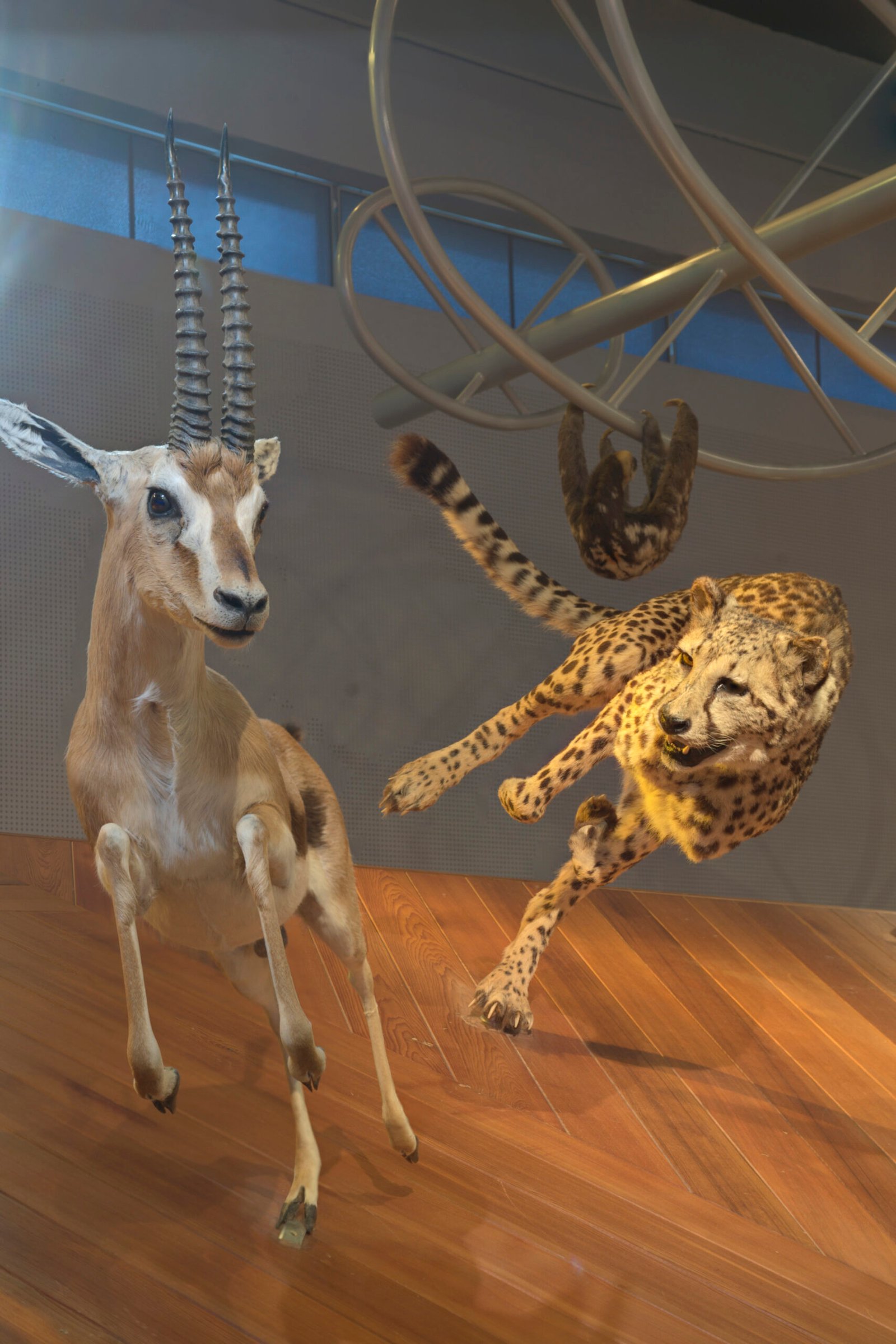
Giant sloths were more than just inhabitants of their environment; they were vital components of the ancient ecosystems. By feeding on plants, they helped control vegetation growth, preventing overgrowth and promoting biodiversity. Their movements across the land also facilitated seed dispersal, inadvertently aiding in the spread of different plant species. In essence, they were ecosystem engineers, shaping the landscapes they roamed.
Interactions with Early Humans

The relationship between giant sloths and early humans is a subject of much intrigue. Evidence suggests that humans may have hunted these massive creatures, contributing to their eventual extinction. Cave paintings and archaeological findings indicate that early humans revered and feared these giants. Their interactions were complex, shaped by survival instincts and the need for resources.
Extinction and Theories
The extinction of the giant sloths is a mystery that continues to captivate scientists. Several theories exist, ranging from climate change to overhunting by humans. As the Ice Age ended, the changing climate may have altered their habitats, leading to their decline. Human expansion and hunting pressures could have further accelerated their extinction. The loss of these giants marked a significant shift in the biodiversity of Central America.
Fossil Discoveries and Insights
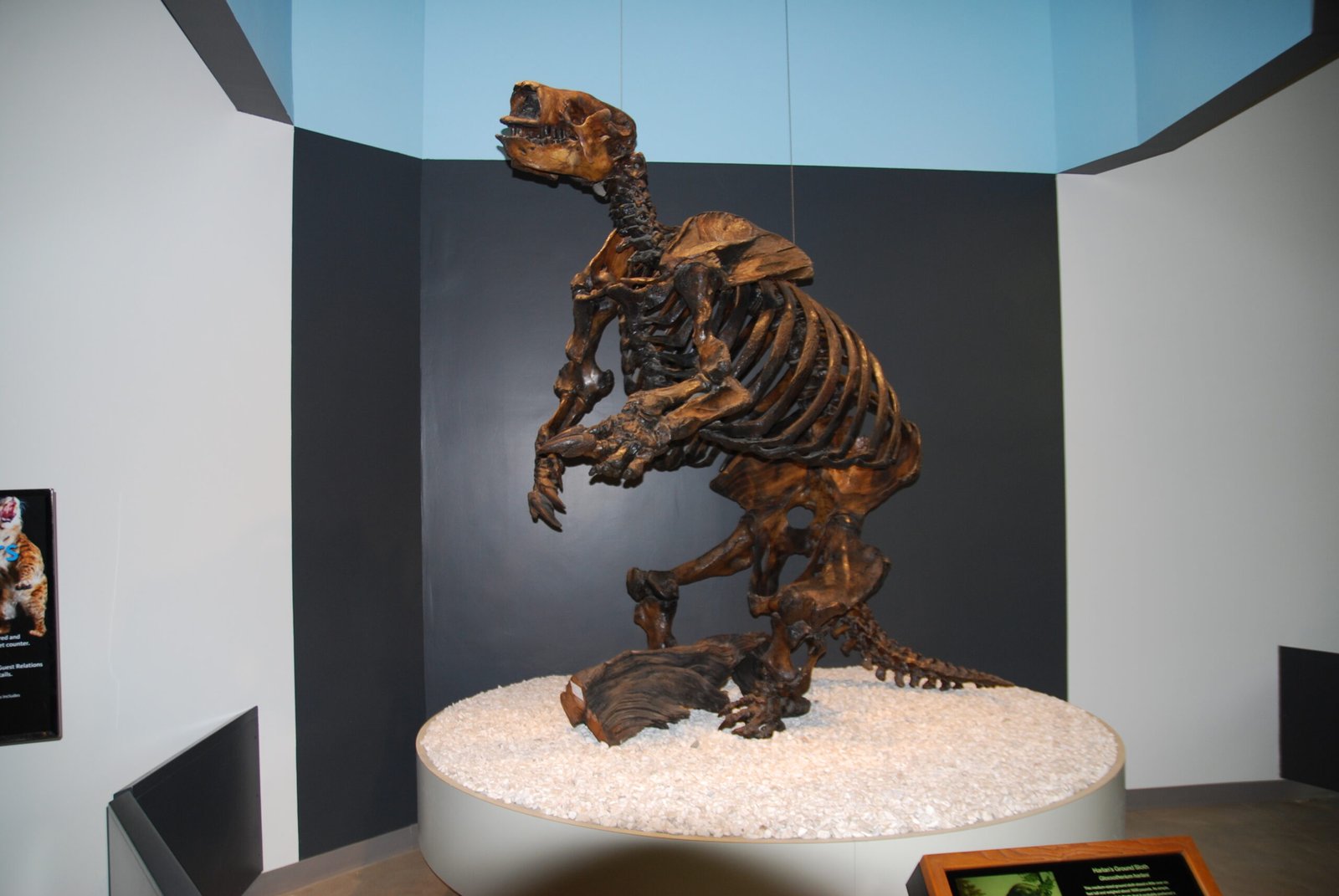
Fossils of giant sloths have provided invaluable insights into their lives and environment. These remains, often found in tar pits and caves, reveal details about their diet, behavior, and interactions with other species. Fossilized footprints offer glimpses into their movement patterns, while skeletal structures highlight their physical adaptations. Each discovery adds a piece to the puzzle of their existence.
The Legacy of the Giant Sloths
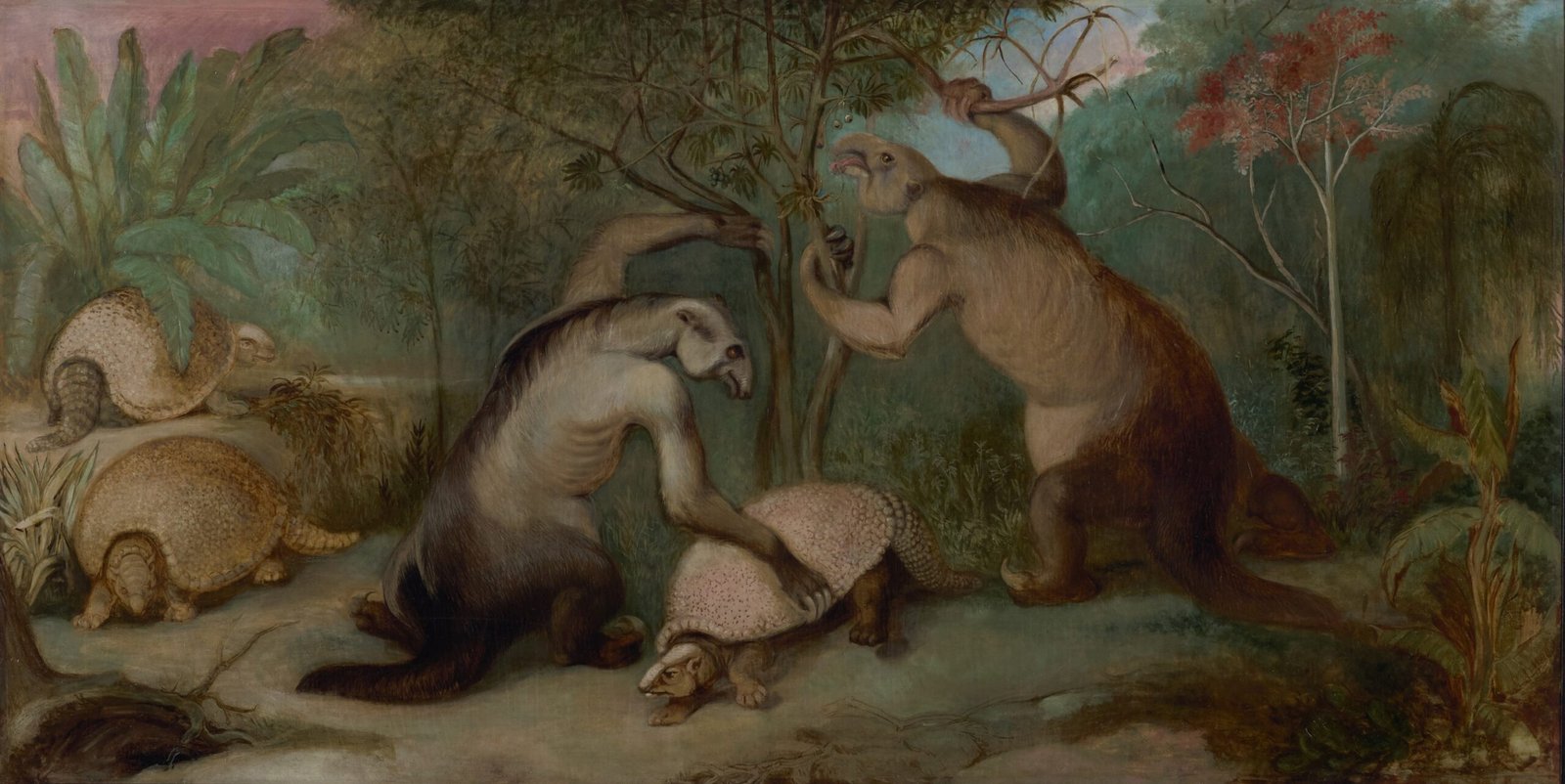
Though the giant sloths are long gone, their legacy lives on in the landscapes they once roamed. Their impact on vegetation and ecosystems can still be seen today, as certain plant species continue to thrive due to their historical presence. The study of these ancient behemoths provides lessons on adaptability, survival, and the delicate balance of nature. They remind us of a time when giants walked the earth.
Reflections on Nature’s Giants
The story of the giant sloths is one of wonder and reflection. These majestic creatures, with their immense size and gentle nature, capture our imagination and challenge our understanding of the natural world. They serve as a testament to the incredible diversity of life that once existed and continue to inspire curiosity and respect for nature’s giants. What can we learn from these ancient behemoths about our own place in the world?

